When you research about the superfood oats, you will inevitably come across the question of whether or not oats contain gluten. Opinions differ on this question and there are various articles about this topic online. Especially for people who suffer from gluten intolerance, also called celiac disease, it is important to know which grain products contain gluten and which are gluten-free.
We have already dealt intensively with the grain oats and would like to clarify the following questions: Are oats gluten-free or not? Can oats be consumed without hesitation if you are gluten intolerant? How are gluten-free oats produced?
Are oats gluten-free – yes or no?
Oats are naturally low in gluten. However, conventional oats are cultivated in fields where grains containing gluten are also grown. In addition, a combine harvester is used to harvest the oats, which is also used to harvest the gluten-containing grains.
The oats also come into contact with gluten during transport, storage and further processing in production. This contamination of oats with gluten-containing grains means that oats are not automatically gluten-free unless they are subjected to a strict process during planting, harvesting and processing. You can read more about how gluten-free oats are produced later in this article.
Can I eat oats if I have celiac disease?
Celiac disease is an autoimmune disease in which the consumption of gluten leads to hypersensitivity and this results in inflammation of the small intestinal mucosa. People who have a gluten intolerance should therefore eat a diet that is as low in gluten as possible – or even gluten-free. Consequently, if you suffer from gluten intolerance/celiac disease, you should not eat conventional gluten-containing oats.
Fortunately, there is now a wide range of gluten-free oat flakes and oat products available which are also labelled as gluten-free and are produced according to strict guidelines. So, if you have a gluten intolerance, you can eat oats, but you should make sure that the porridge and oat products carry the ‘gluten-free’ seal. If in doubt, you should always consult a doctor, as there are people who still cannot tolerate gluten-free oats.
How can I tell if oat products are gluten-free?
Actually, oat flakes contain small amounts of gluten and are therefore not completely gluten-free. If you want to be sure that an oat product is gluten-free, you should choose products that are explicitly labelled as gluten-free. You can easily filter our gluten-free breakfast products in our online shop.
From cultivation to the finished product – the path of gluten-free oats
To ensure that the oat flakes in our gluten-free porridges and mueslis are gluten-free, the oats are produced gluten-free from the beginning starting with the cultivation. This means that gluten-free oats are cultivated for products made from gluten-free oats. Many steps are necessary for this, but they are worthwhile. First of all, the seeds are tested for gluten. When selecting land for oat cultivation, it is made sure that no gluten-containing grains have been grown as a preceding crop on the land and the areas are ploughed.
During the vegetation period, the field is checked and, if necessary, the gluten-containing grains are removed. It is also important that the oat products are processed further without gluten. For this reason, a specific harvesting technique is used during harvesting: the combine is cleaned very well, and the gluten-free oats are transported separately on a combine tank and also stored separately. Furthermore, the harvested oats are transported away exclusively with washed trailers. The oats are only stored in boxes in order to avoid subsequent mixing by conveyor systems. The gluten-free oats are loaded directly from the box onto a washed truck with a forklift through a washed shovel. If drying of the harvested oats is necessary, the drying plant must also be cleaned accordingly.
Some precautions must also be taken during delivery and during processing in our production facilities. In addition, the gluten-free oats are only processed on a gluten-free plant. Before a gluten-free product is manufactured in our production facility, an elaborate gluten cleaning process must be carried out to ensure that the limit value is complied with. This cleaning takes about 2-3 hours.
What does the “gluten-free” seal mean?
Gluten-free products must have a gluten content below 20ppm. This means that low cross-contamination with grains containing gluten are permitted. Before a gluten-free product is manufactured in our production facility, an elaborate gluten cleaning process must be carried out to ensure that the limit value of 20ppm is complied with. After production, a sample is always taken and is tested for gluten. Only if the product is below the gluten limit of 20ppm it carries the “Gluten-free” seal and is sold.
Recommended articles
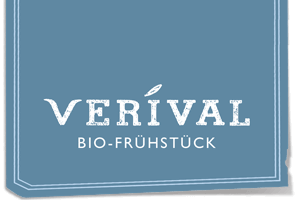





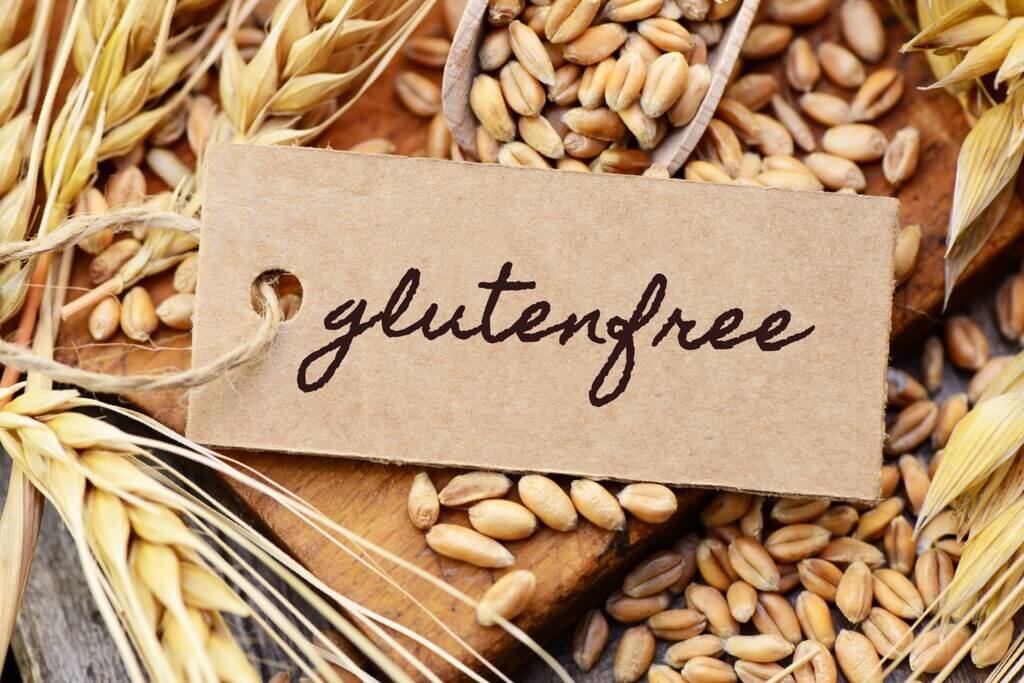
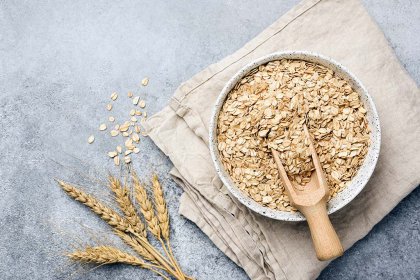
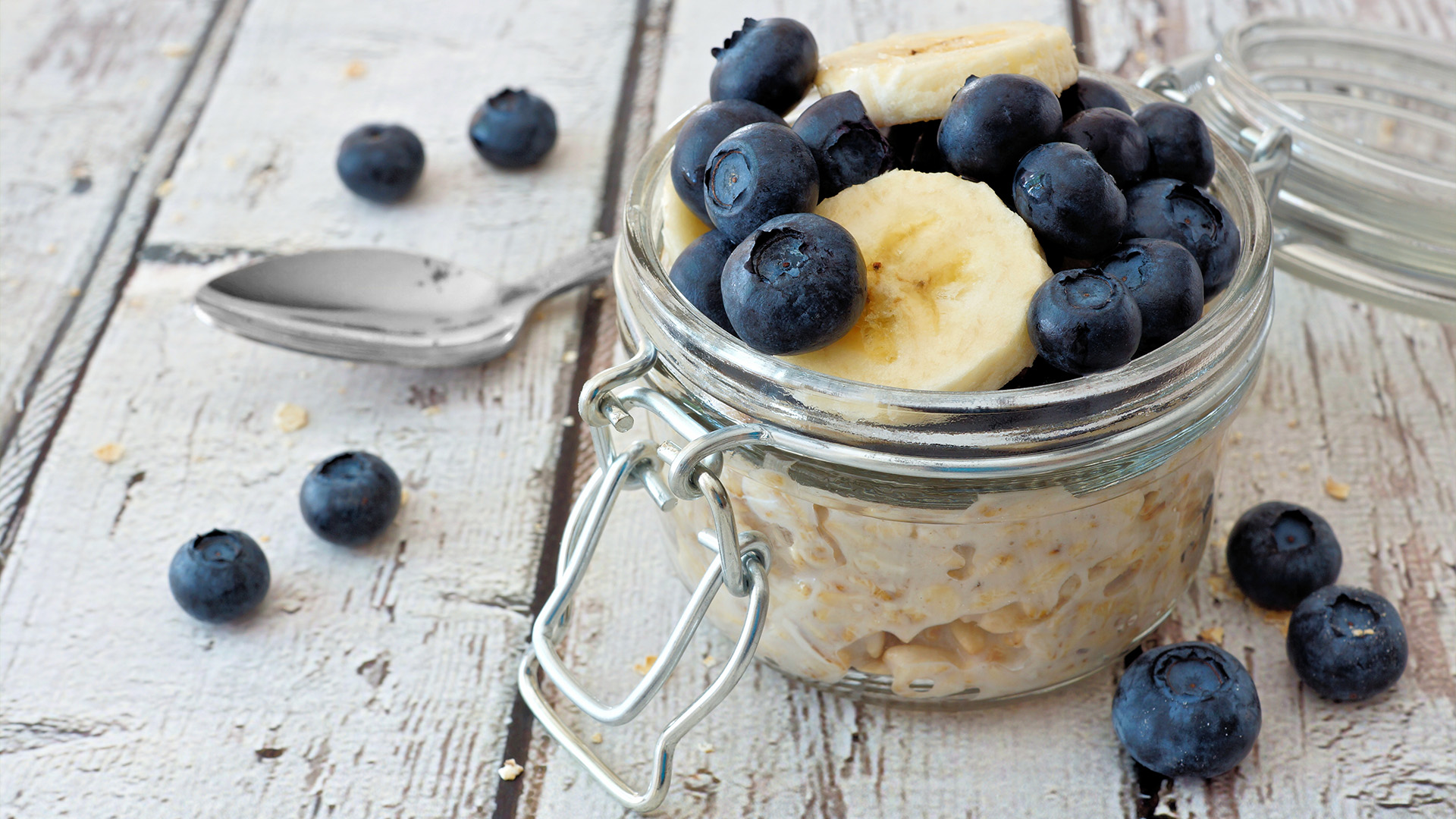
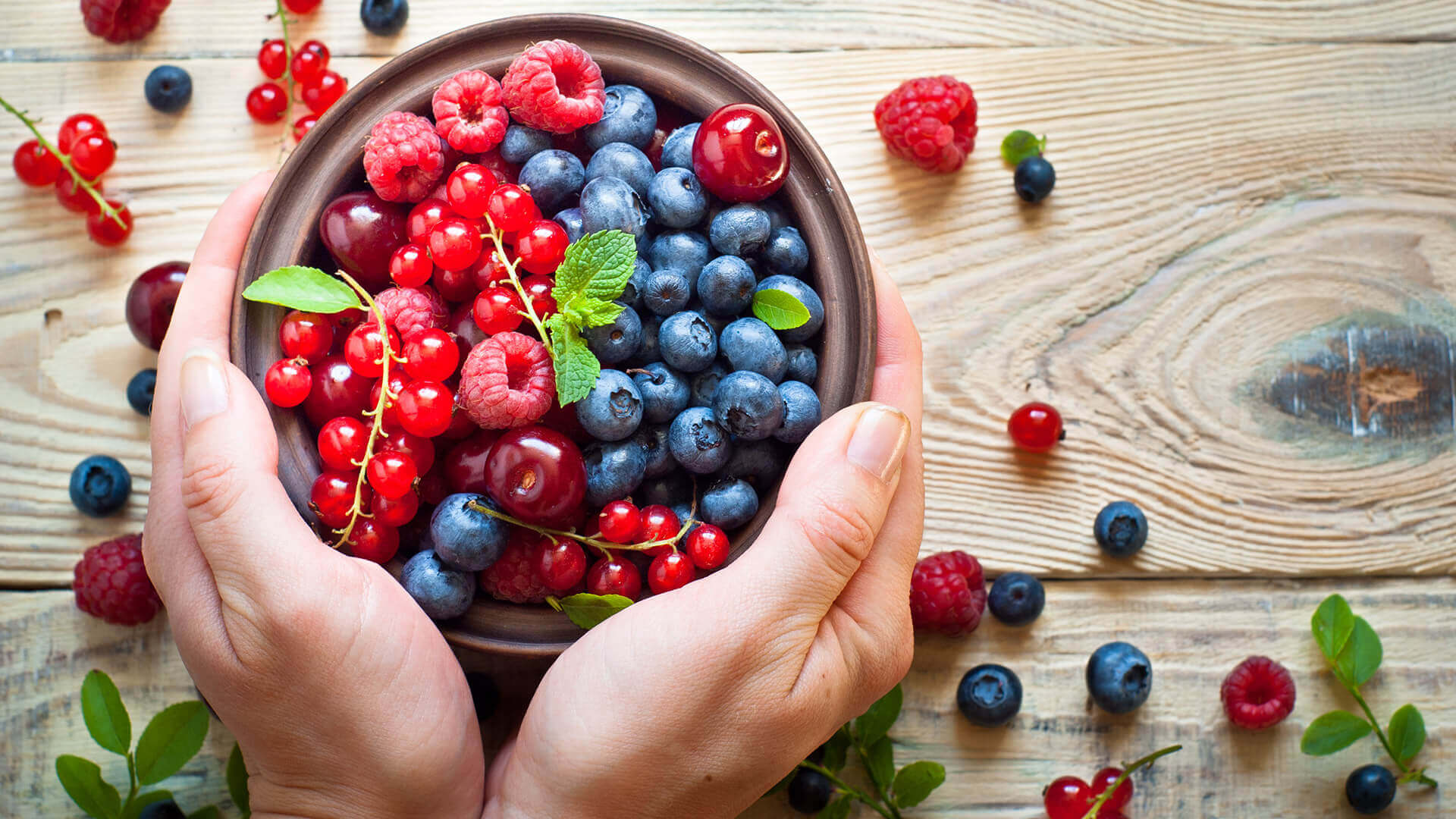
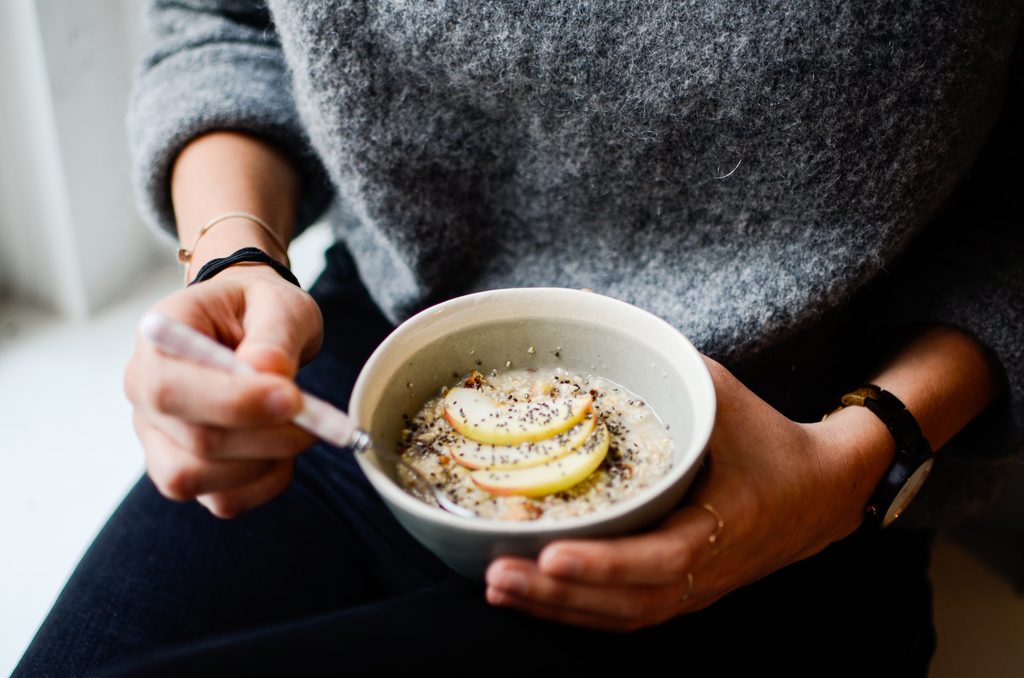
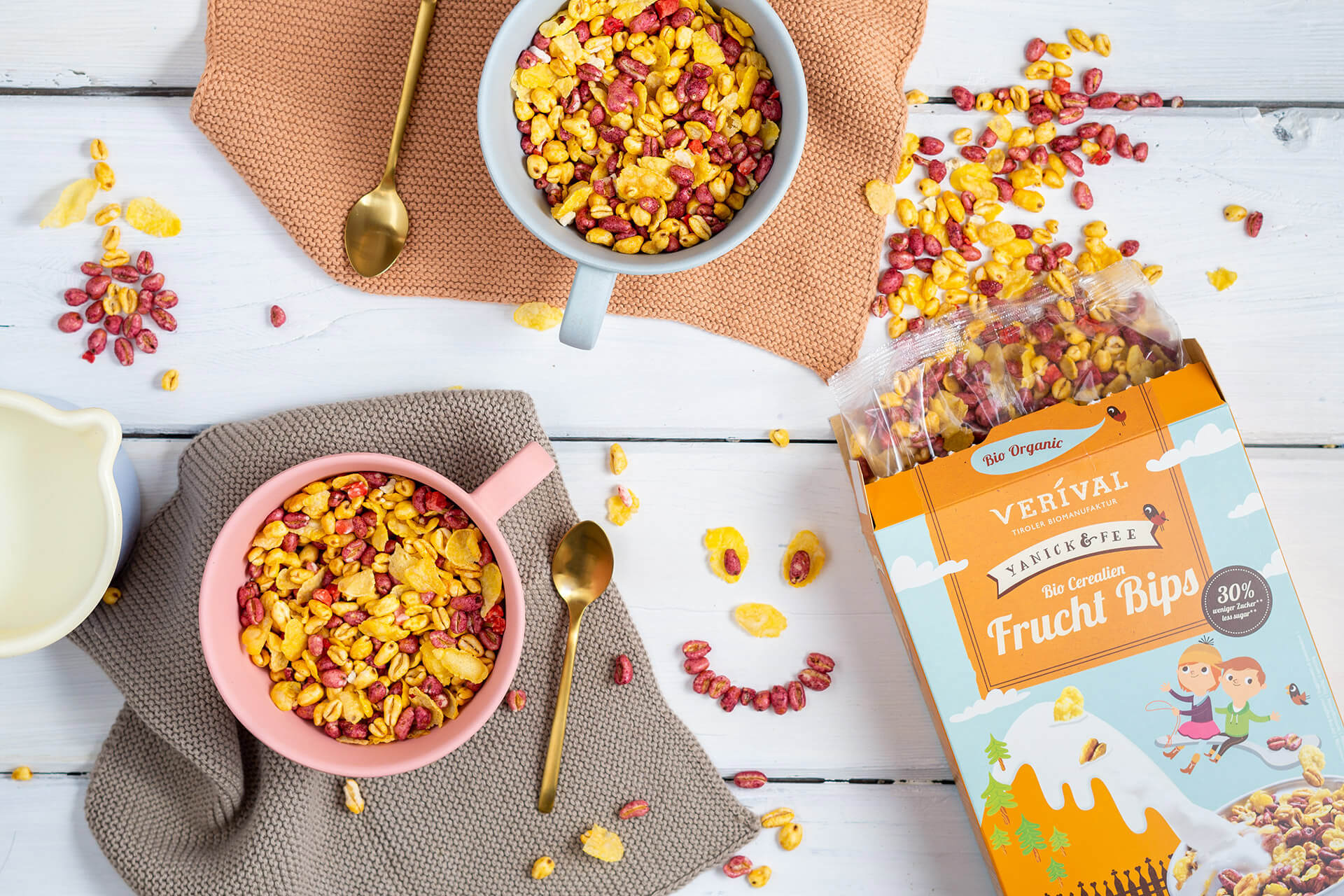
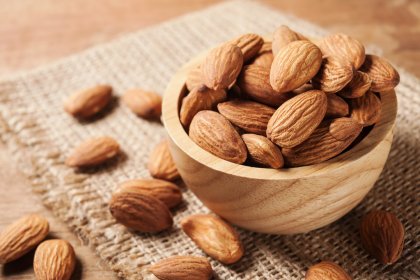

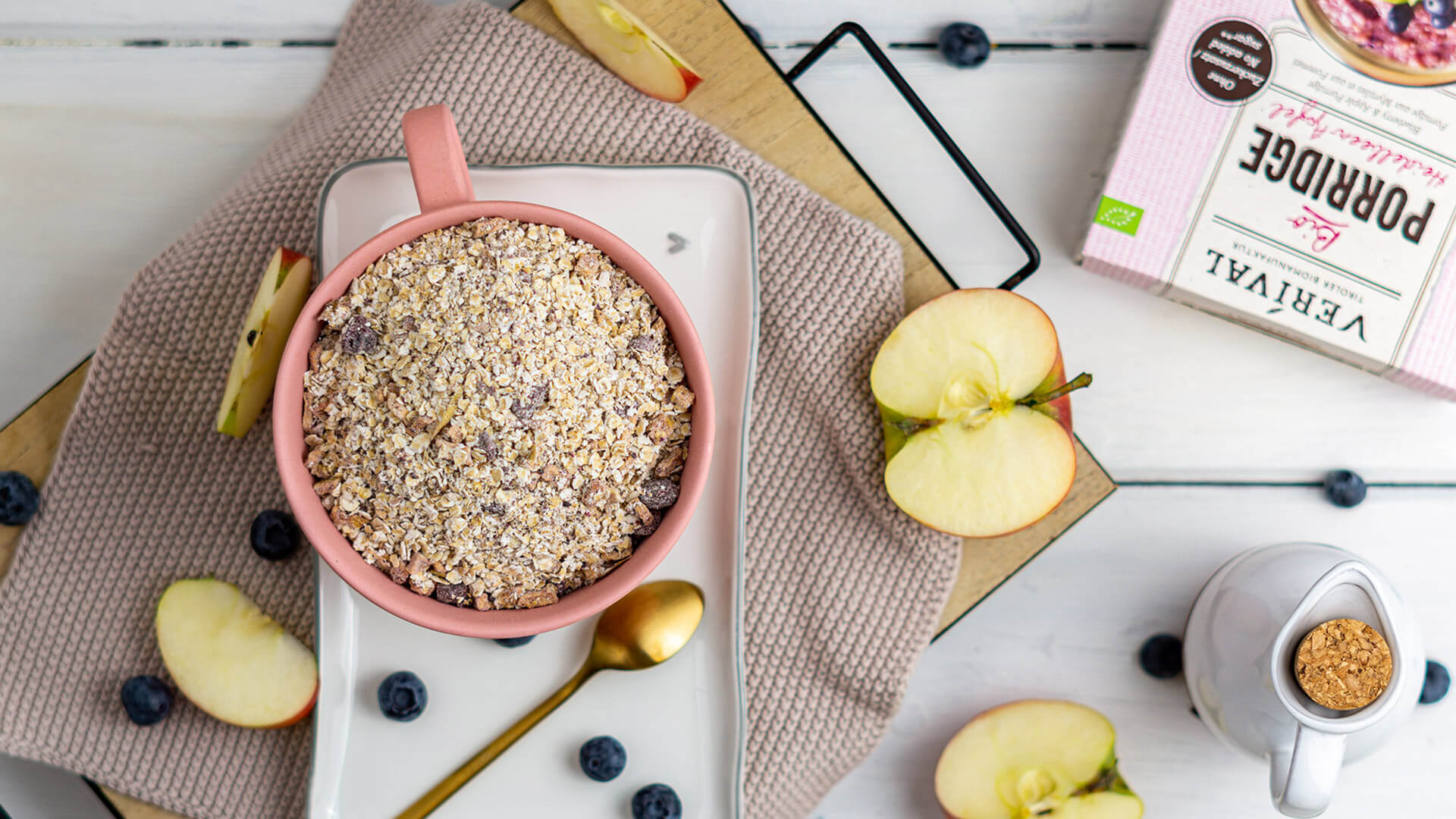
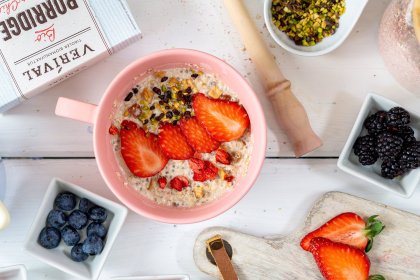
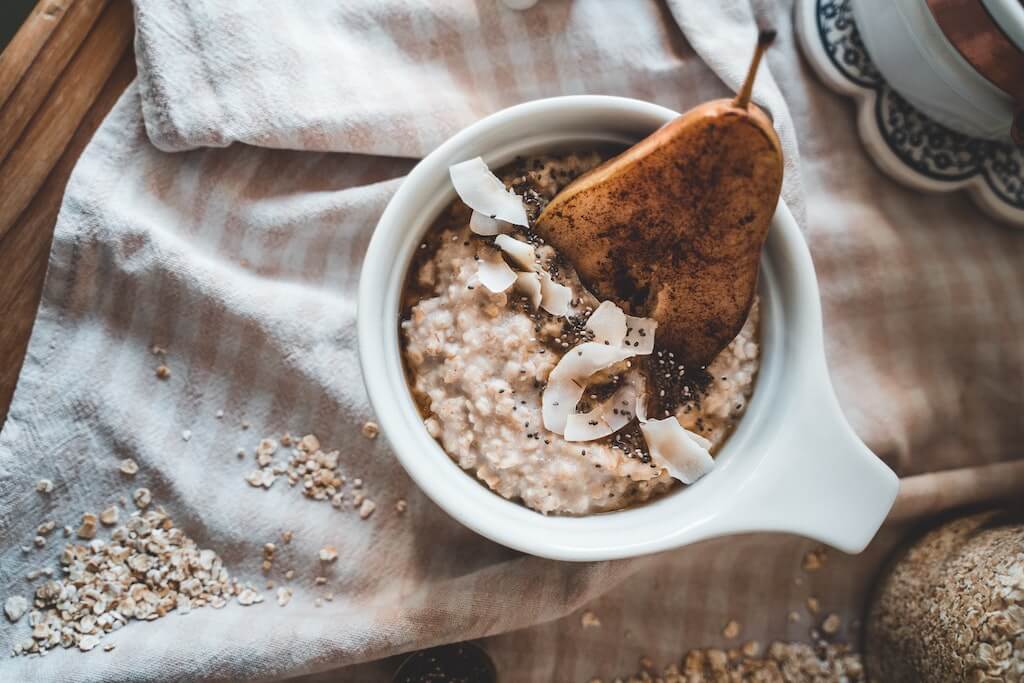
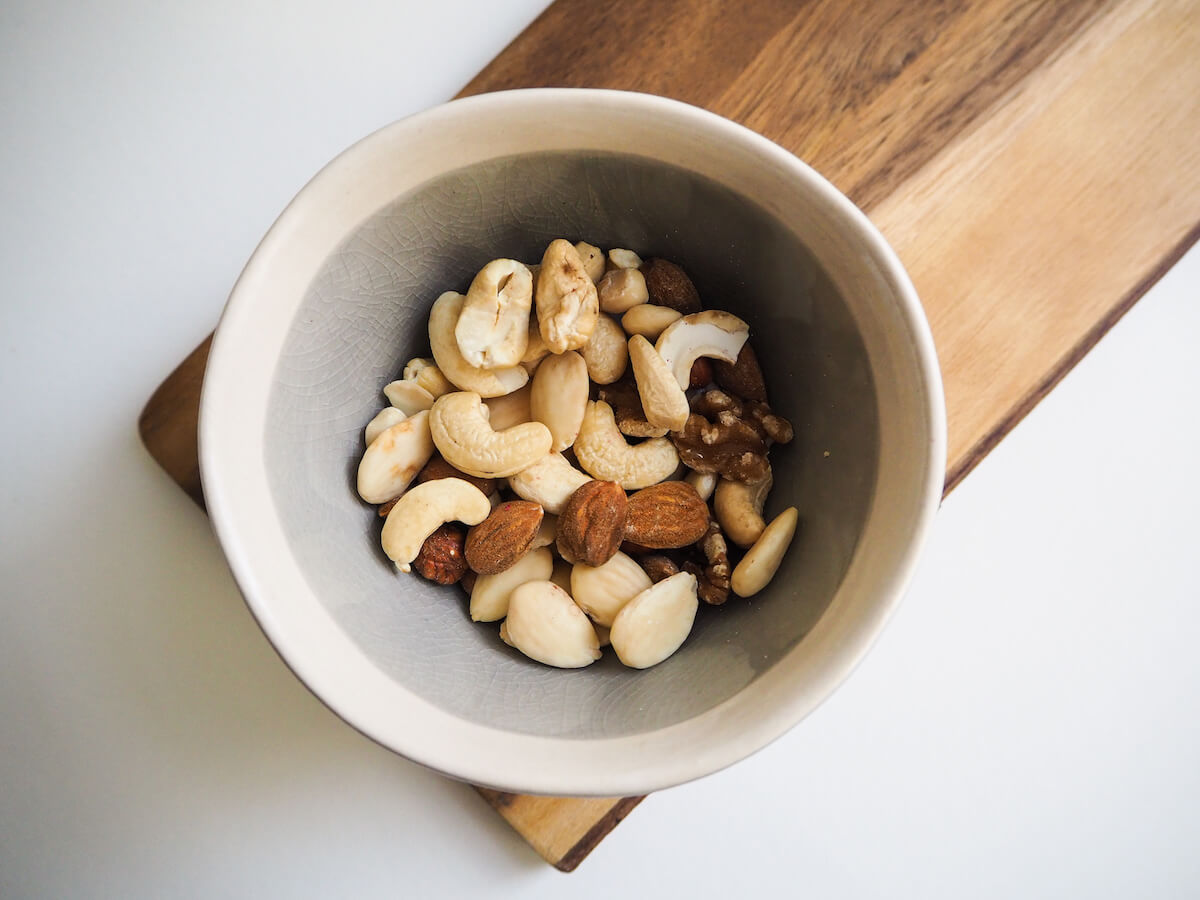

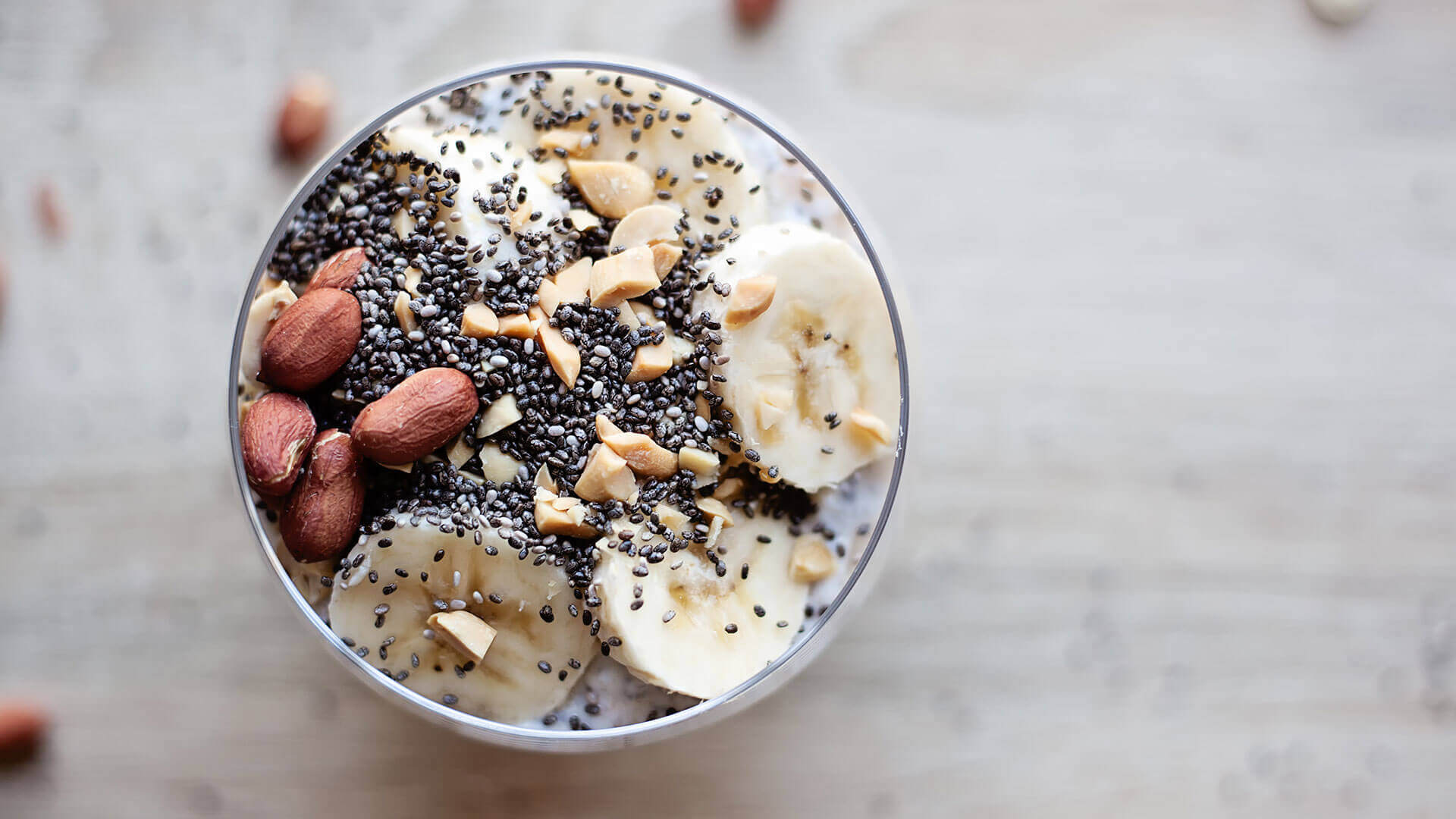
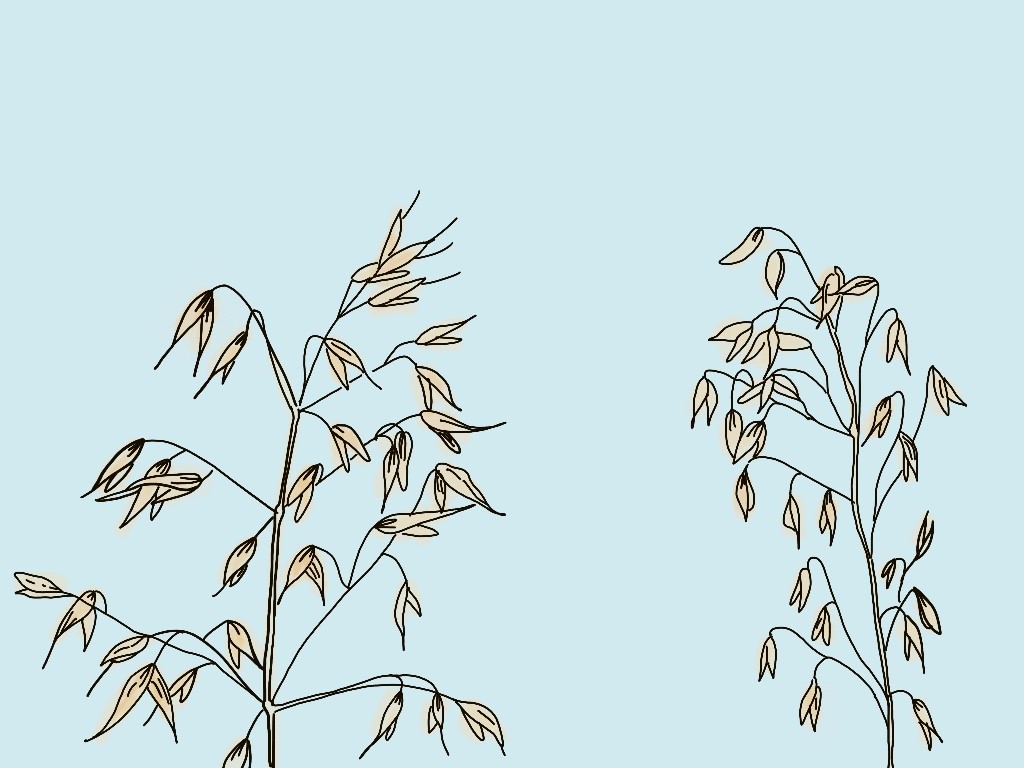
Do you like this post? Share it with friends: